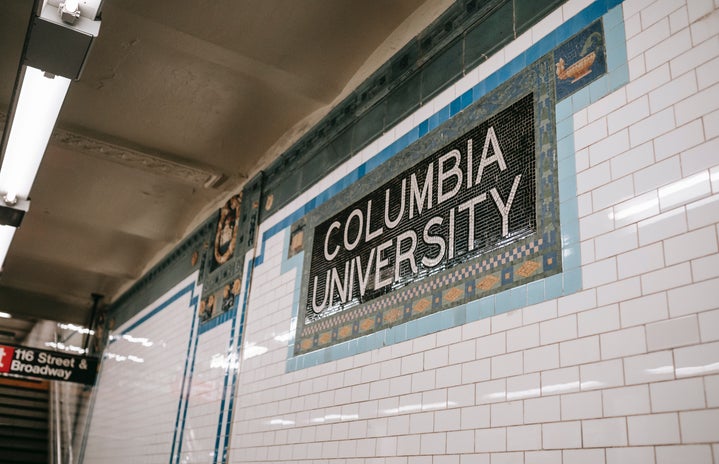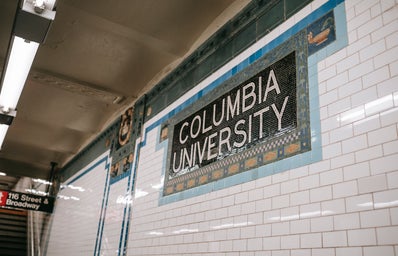On rainy or cold days, many students on campus utilize Barnard’s tunnels. Since my freshman year, I’ve wondered why the Barnard tunnels are such an emphasized aspect of campus life, but the Columbia tunnels remained mysterious. All I knew was that they were closed and inaccessible. Recently, my friends and I were discussing this, and one of my friends told me the reason the Columbia tunnels are inaccessible is because they have high levels of radiation. Taking this with a grain of salt, I decided to look into it. Read along to learn about the history of the Columbia tunnels, including the real reason they’re closed.
The tunnels originally existed prior to Columbia’s occupation of the morningside campus, when the space was used by the Bloomingdale Insane Asylum. The Asylum utilized the tunnels to transport patients. When Columbia moved up to its current home, the tunnels were used to transport coal on tracks to heat the university. These tunnels actually exist 50 meters below the surface of Uris Hall and the tracks are still there!
Since the time of coal and patient transport, the tunnels have been used for a number of things, such as breaking into Columbia’s electrical offices during a 1968 student strike to disrupt phone lines but also as a way for Columbia scientists to transport radioactive materials during the Manhattan Project. Other uses have included a shooting range for the Columbia Rifle Team to practice and as a nuclear shelter during the Cold War.
So why did the tunnels finally close? Some say it is because of leftover radiation. Others have said Prezbo uses them as a burial ground for graduates that haven’t given enough money back to the University. The official reason seems to be grounded in safety. Though the University may have originally closed off parts due to things like theft or radiation, the tunnels are no longer regularly updated and are dimly lit. Exploring them can be dangerous, and the University continues to closely monitor access through locked doors and key card access. Maybe they’ll reopen one day, but it seems like the idea that there are a bunch of radioactive tunnels leftover from the Manhattan Project is just another part of the Columbia lore.


